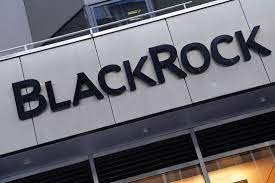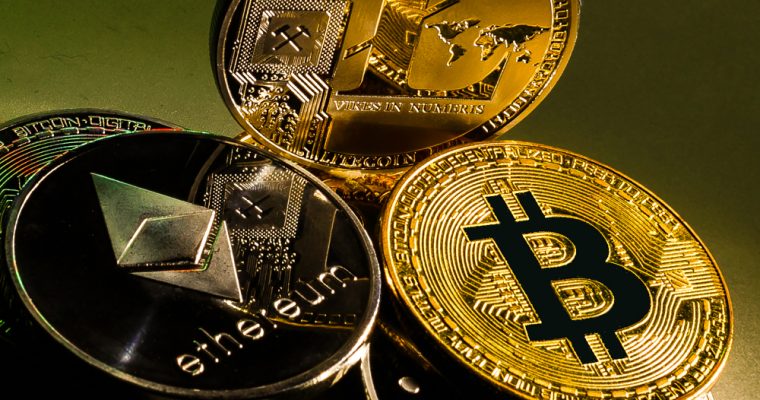Why does the securities pass require a self-reliant portal to create its own network?
Recently, the author wrote that the emergence of the securities pass permit blockchain is a “ local maximum ” phenomenon, or a short-term beneficial but long-term prospective solution. The final part of the article explores the concept of a securities pass network that allows different participants in the securities pass ecosystem to connect through public availability with privacy constraints. This article would like to explore the securities pass network, its value proposition and the risks it faces.

Two conflicting phenomena may affect the securities pass network:
· Tier1 blockchain restriction for securities pass : The current construction of encrypted securities requires continuous interaction with the Tier1 mechanism of blockchains such as Ethereum, which has a serious dependence on the behavior of smart contracts. This blockchain tier1 limitation is only a matter of time before it becomes an obstacle to implementing a specific securities pass scenario.
- Gu Yanxi: Migration from a centralized information network to a distributed value network
- Technical science: the importance of interoperability to blockchain
- Where is the hot money in the encryption market flocking?
• Privacy requirements for a large number of asset owners : In order for the securities pass market to exceed the current stage, this requires the participation of large institutional investors and high net worth investors. While these institutions can clearly see the benefits of cryptographic securities, their current concerns about the privacy of public-chain models outweigh the many benefits of this new asset-tool.
• Restriction of the License Chain Model : One solution to the public chain privacy issue is the licensing chain model. In fact, this is also the approach that several large organizations and startups are currently exploring. In my opinion, the full license chain model leads to too many restrictions and can not achieve long-term development.
From the perspective of value creation, in the securities pass industry, the securities pass network may be the legal successor of Ethereum. Although the Ethereum network will occupy a large part of the value generated by the securities pass in the short term, the value will steadily turn to the Tier2 securities pass network.

What is the securities pass network?
Conceptually, the Securities Pass is a public and licensed network where participants can issue and trade securities passes. The securities pass network should provide connectivity services to buyers and sellers of encrypted securities. In principle, the securities pass network has several key features:
· Public : The securities pass network should be open to retail investors as well as large institutions and asset owners.
· Licensing required : The Securities Passage Network should enable an access control model that limits the behavioral rights of different participants based on specific permissions.
· For securities pass : The securities pass network should be based on the Tier2 protocol, tools and framework abstracted by the cryptocurrency lifecycle. The Tier 1 protocol should be completely abstracted at this level.
Decentralization using verifiers : The securities pass network should not be controlled by a central authority and should implement a governance model for fair interaction between its different nodes. In addition, this type of network model should allow nodes with different privilege levels to enforce rules on the network.
The two biggest value propositions of the securities pass network: de-intermediation and chain-linked securities
When I consider the main benefits of creating a securities pass network, there are two most important ideas: true de-intermediation and the issuance of the first chain of encrypted securities.

The most popular discussion among the securities pass purists is the de-intermediation of the financial system. In theory, the mechanism provided by the securities pass helps to bypass many unnecessary intermediate institutions in securities trading. While we have been praising the value of de-intermediation, we continue to build a centralized system that encourages the existence of intermediaries.
In mathematics, the process of de-intermediation means that the degree of decentralization is getting higher and higher. For securities passes, this means that creating a leaner, simpler securities ecosystem requires some form of securities pass-through network that has the right incentives to prevent middlemen from controlling the network.
The second benefit is the issuance of the first chain of securities. At present, most securities certificates exist in this strange chain/chain dichotomy, and it is almost impossible to coordinate on a large scale. A large number of under-chain mechanisms are not represented in the blockchain and chain processes. A clear solution to this problem is to create a securities pass that is done entirely on the chain and is as independent of the chain as possible.
The main limitation in creating the first chain of securities passes is the lack of a network that plays a key role in the securities ecosystem. At this stage, the securities pass requires a chain of processes, not only because they are created as a generalized representation of the underlying securities, but also because many elements of the securities life cycle exist only outside the blockchain. When these elements create a chain representation in the securities pass network, we will take the first step in creating the first chain of securities.
Securities Pass requires Tier2 network effect
The lack of network effects is one of the biggest threats to the viability of the securities exchange ecosystem. As a tier2 blockchain stack, the securities pass cannot rely on the tier1 network effect . Network effects flow from the higher layers of the technology stack to the lower layers, rather than the opposite direction . Without a network effect, the securities pass ecosystem is still very vulnerable to the impact of existing networks and there is a risk of not creating long-term value. Securities pass requires a network effect, and network effects require a network.

We will continue to update Blocking; if you have any questions or suggestions, please contact us!
Was this article helpful?
93 out of 132 found this helpful
Related articles
- Babbitt column | Let technology return to technology, financial return to finance
- Encrypted World and Game of Thrones
- Market Analysis: BTC bulls are strong, but may be strong
- April 21 market analysis: Only BTC can drive the market to do more emotions?
- The impact of IEO on the encryption market and the Token model
- Interview with Babbitt | Du Xiaoman Li Feng: "Blockchain + Finance" has a history of shaking
- How long does it take to crack your private key? If the world's bitcoin miners are against you





